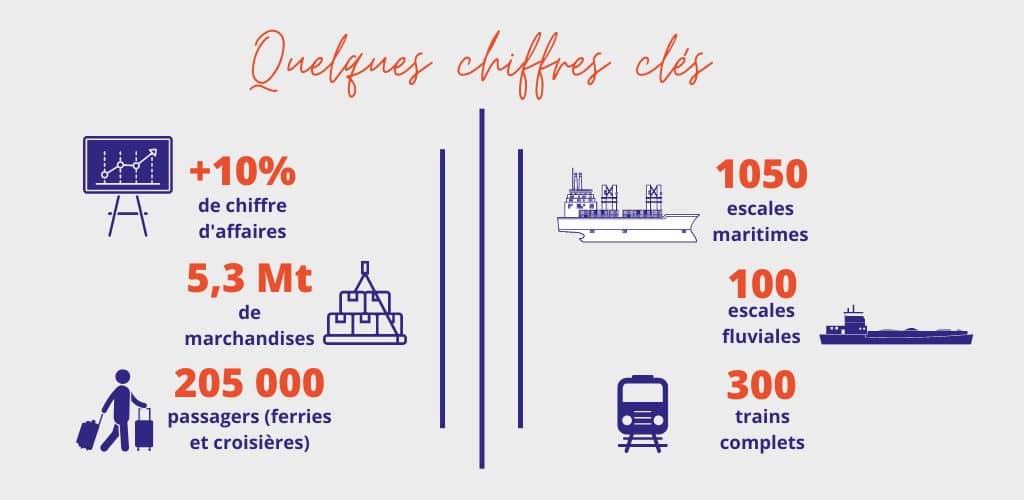
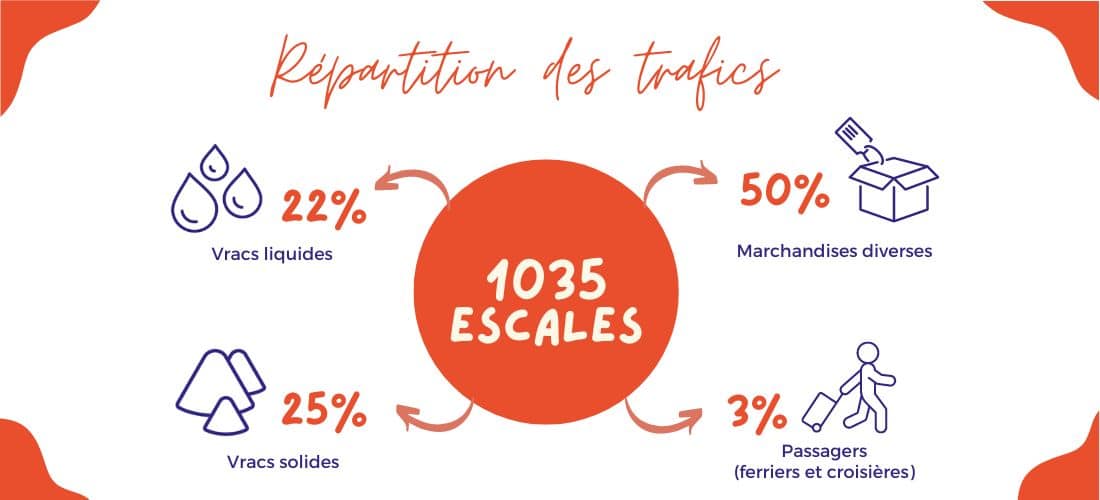
The port of Sète offers both the technical capacity and the human skills to handle all types of traffic.

History of the Oil Terminal :
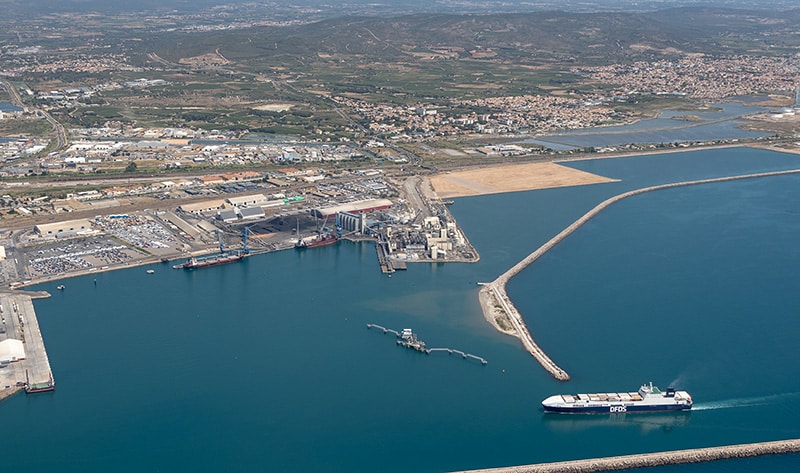

At the heart of France’s Mediterranean coastline, the port of Sète boasts a first-rate agri-food hub capable of accommodating large-capacity vessels, thus facilitating the import and export of most agricultural raw materials (seeds, oil cakes, cereals, etc.). Relying on a hinterland with strong agricultural capacity, the agro-industrial sectors benefit from economic support and, consequently, from European referencing and the support of industrial operators and trading companies with an international dimension.
Key points of the Food Terminal :
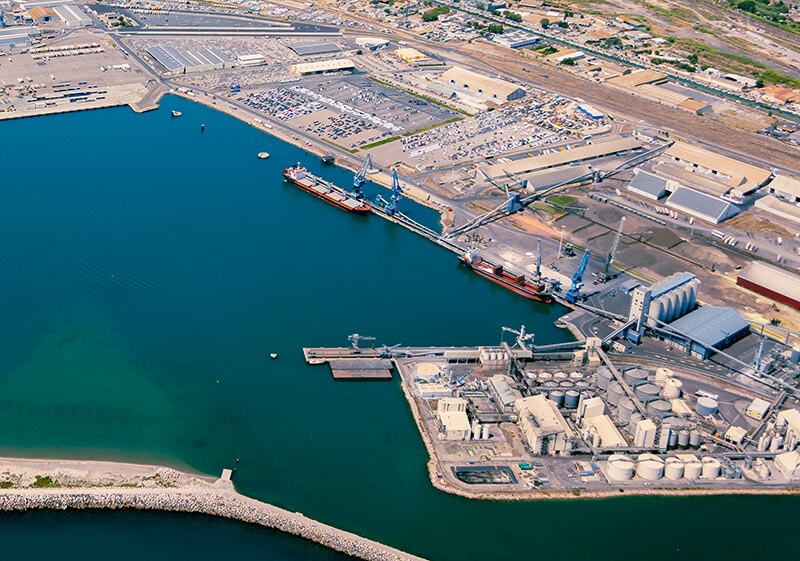

The port of Sète plays a major economic role in industrial bulk logistics (handling, storage and distribution). It offers an ideal multimodal platform for managing massive flows of raw materials (coal, bauxite, fertilizers, carbonate, clinker, etc.) destined for industrial customers in the south of France. With a permissible draught of 13.50 m, it can accommodate bulk carriers of up to 65,000 tonnes. Dry and liquid industrial bulk traffic accounts for over 55% of total annual tonnage.
Key points of the Multivrac Terminal :
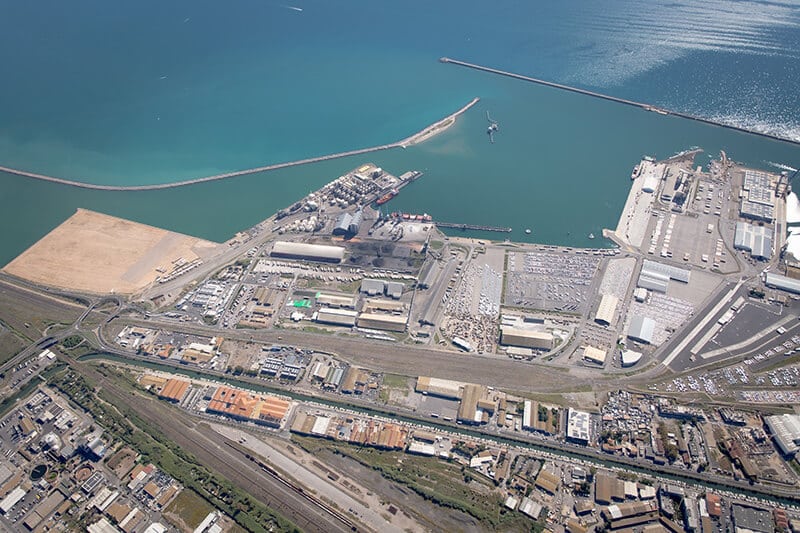

As a gateway to and from Turkey since October 2014, with the establishment of the Turkish logistics group EKOL, the port of Sète offers, via its services, infrastructures, equipment and those of its partners (carriers, handlers, forwarding agents, rail operators…), a variety of routing solutions for the French market and Northern Europe.
Today, more than 50% of trade between Turkey and Europe takes place by sea, and this figure is growing steadily, given the efficiency of short-sea shipping in the rapid distribution of goods, particularly automotive parts and textiles, and the drastic reduction in the country’s ecological footprint.
DFDS, the leading Ro-Ro operator in the North Sea and the Baltic, which until now had only been active in the Mediterranean via Tunisia, strengthened its presence with the acquisition in 2017 of UN-Roro, the leader in the Ro-Ro market with Turkey, with a trailer capacity of 300,000 trailers a year. This acquisition has enabled new transport customers to set up operations in the port of Sète.
Established on the port since1st As of July 2019, Danish shipowner DFDS will be offering 5 weekly departures between Sète and the Turkish port of Yalova, with vessels each with a capacity of more than 350 ITUs. Through the intermodal connections of the port of Sète, DFDS aims to connect its Turkish routes with the rest of Europe, in particular Calais and the UK.
To support DFDS’s development, the Port of Sète has made major, ambitious investments to be able to handle more than 100,000 trailers a year and increase the share of non-road pre-post haulage from 10 to over 25%. These investments have focused in particular on reception areas for road hauliers (drivers’ villages, parking areas), the digitization of goods flows to speed up port passage (deployment of CI5), the development of peripheral logistics zones to offer warehousing capacity, and the construction of a new multimodal platform to support the development of rail freeways.
The Ro-Ro service between France and Turkey offers shippers a guarantee of rapid transport with a high degree of flexibility. It is a highly efficient transport tool that is undergoing rapid development around the Mediterranean, offering real prospects for development and job creation for the port of Sétoise.
Key points of the roro Terminal :
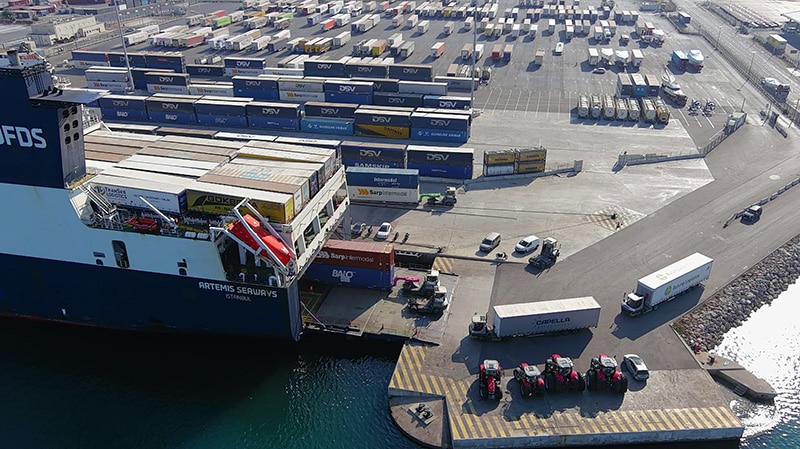

Since 2007, the Port of Sète has had a terminal dedicated to new vehicle import logistics, with a secure storage area of over 22 hectares, the fruit of a partnership between the port operator and one of Europe’s leading automotive logistics operators. With a customs bonded storage capacity of 8,000 vehicles, this terminal offers dedicated vehicle storage and preparation services for all automakers. The port of Sète receives new vehicles from production sites in Southern Europe (Romania, Turkey) for redistribution on the French market.
AVAILABLE SERVICES :
Key points of the New Vehicle Terminal :
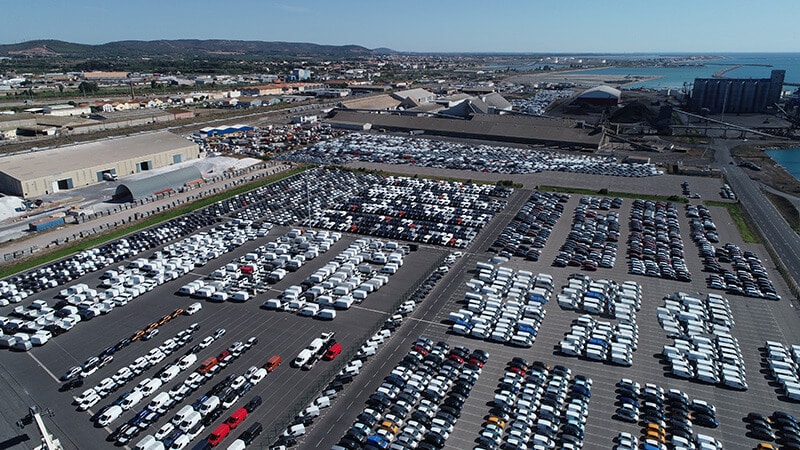
> 22 Ha of 24/7 storage space
> 1,000 m of linear quays (quays E, H, I and G)
> 5,000 m² preparation workshop,
> 3 Ro-Ro berths available for vessels over 200 m,
> Accessible rail platform less than 200 m from the main platform (platform H),
> Unloading rate of 150 to 170 vehicles/h,
> Storage space for 8,000 vehicles, 250 of which are secured with anti-hail nets,
> 80,000 vehicles imported on average/year,
> 20,000 vehicles prepared and accessorized/year.

African countries are the main importers of used vehicles. The port of Sète exports used vehicles mainly to Cameroon, North and West Africa.
The key points of the Used Vehicle Terminal :
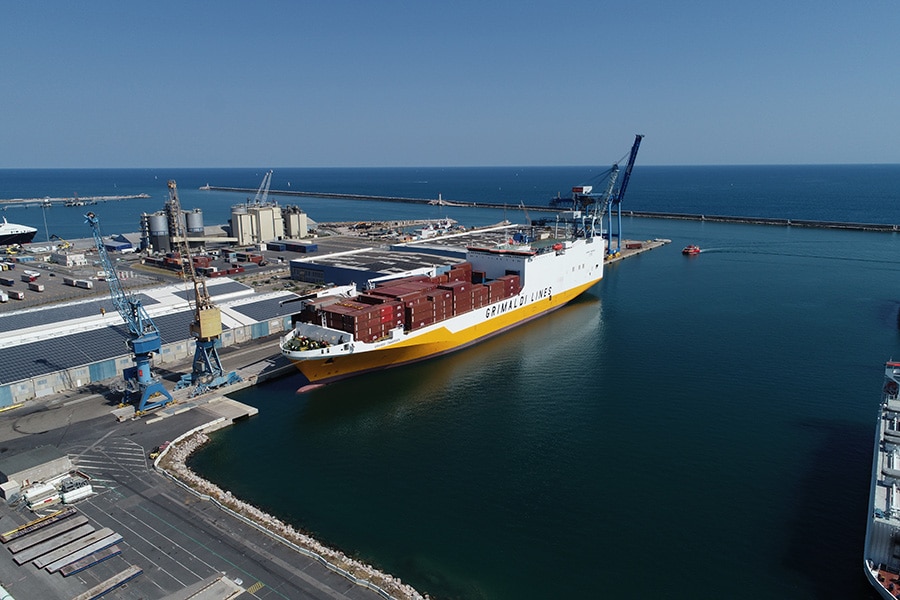

The commercial port of Sète has a temperature-controlled quayside terminal for the reception, storage and distribution of perishable food products. This multimodal terminal can handle both conventional pallets and refrigerated containers, meeting the most stringent traceability and quality control requirements. Throughout the year, it offers optimum conditions for maintaining the cold chain for all temperature-controlled goods.
Key points of the Refrigeration Terminal :
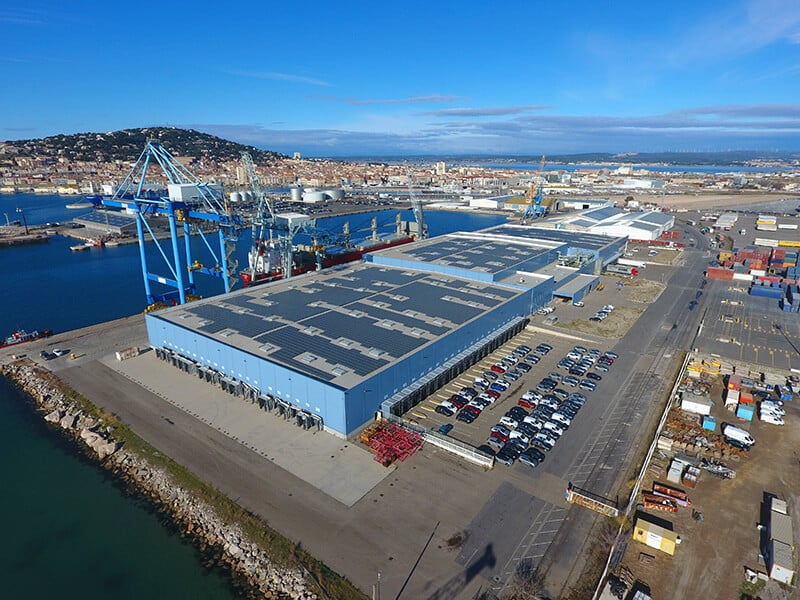

The management of this hub by VIIA is part of a sustainable approach to developing long-haul services with links to Northern Europe. Today, the port handles an average of 2 trains/week to Calais, Valenton and Poznan.
Key points of the Multimodal Terminal :
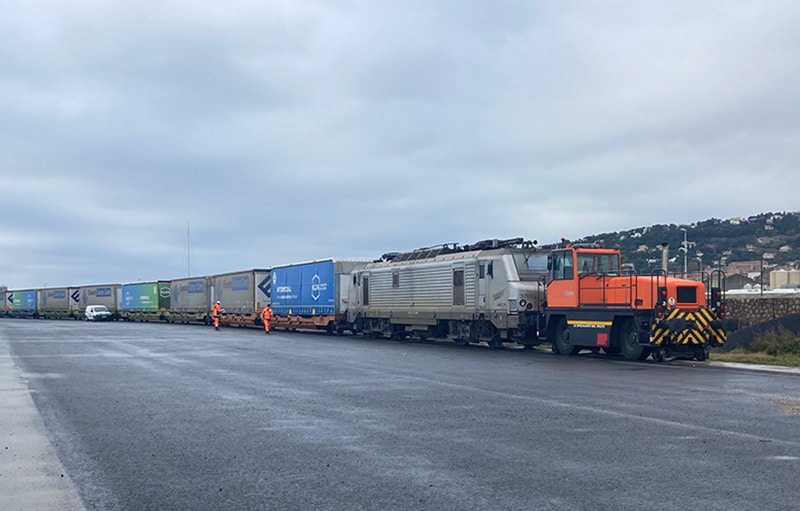

Thanks to the experience of its operators and the performance of its equipment, the breakbulk terminal at the port of Sète is able to meet the demands of handling category 1, 2 and 3 goods (packages > 72 tonnes). Its high-quality infrastructure makes the commercial port of Sète a well-known and recognized multimodal platform for handling various types of exceptional cargo: wind turbines, generators, risers, transformers and tunnel boring machines are just some of the products regularly loaded and unloaded.
Key points of the Heavy Parcel Terminal :
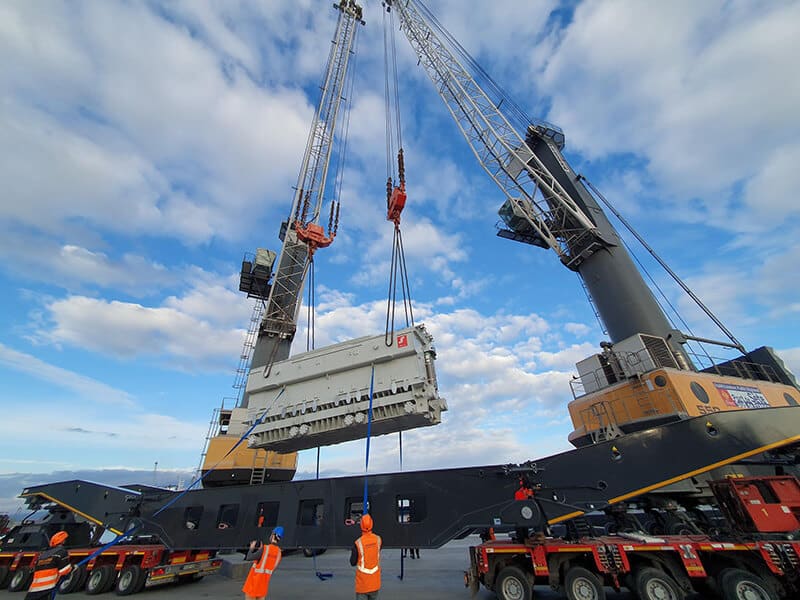

France’s leading live animal export facility, the livestock terminal at the port of Sète has a 4500m² surface area for storing cattle in optimal animal welfare conditions. The terminal is equipped with 2 mobile platforms, enabling 3 vessels to be loaded simultaneously with all types of animal, from breeding heifers to bulls, fattening cattle and sheep.
SEPAB is the first breeding facility to be ISO 34 700 Animal Welfare certified as of 2019. In 2021, SEPAB entered into a partnership with the Institut National de Recherche pour l’Agriculture, l’Alimentation et l’Environnement (INRAE) to provide a scientific answer to the question of stress during shipping. It has been demonstrated that sea transport has no impact on the animals’ behavior (thanks to connected collars) or stress markers.
At the end of 2022, it will give rise to a scientific publication demonstrating that it is possible to maintain optimal conditions of well-being during sea crossings, and establishing procedures to anticipate and avoid any drifts in the management of this well-being. The idea for SEPAB is to define the criteria for monitoring and maintaining animal welfare by the crew, and to make them “regulatory” (Revision of 2005 regulations underway).
Exporting livestock has a strong socio-economic impact, involving not only regional farmers but also a large number of port players, such as pilotage, boatage, crane operators (hay loading) and dockers, all of whom contribute to the smooth running of each of these calls.
Key points of the Livestock Terminal :
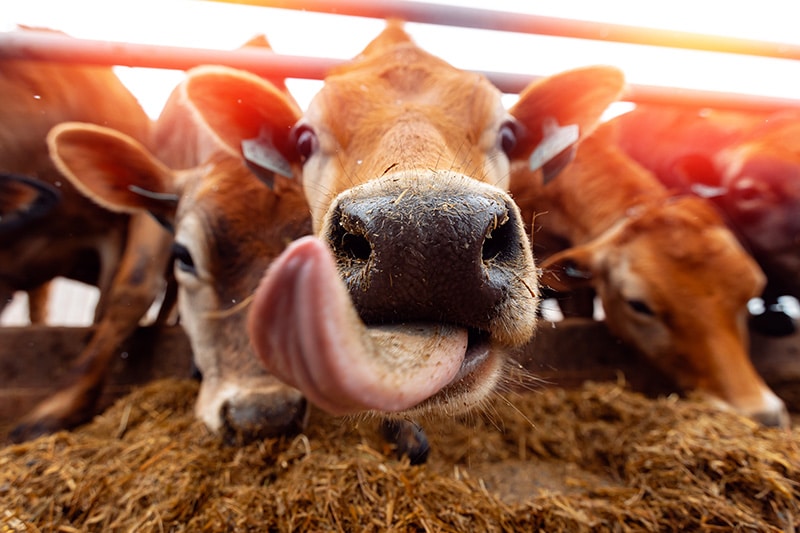

France’s leading passenger port to Morocco, the port of Sète is a veritable “maritime bridge” between the two shores of the Mediterranean, with its large capacity and high-quality infrastructure benefiting from an exceptional geographical location in southern Europe. Its recent and ongoing upgrades give it unique expertise in handling mixed passenger and freight routes (Schengen and non-Schengen). With its excellent connections to the rest of Europe, the Port of Sète’s passenger terminal also offers an ideal modal shift solution for road hauliers transiting to Morocco.
Key points of the Ferry Terminal :
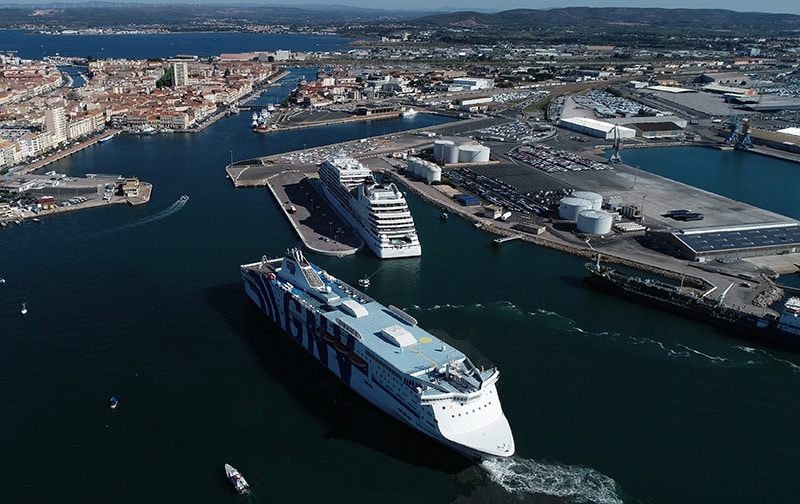

Situated on the liner routes between Italy, France and Spain, the port of Sète is an attractive and original stopover off the beaten track. France’s third-largest tourist region, Occitanie offers a wealth of first-rate excursion possibilities, including five UNESCO World Heritage sites: the medieval city of Carcassonne, the Abbey of Saint Guilhem le Desert, the Pont du Gard, the Roman city of Nîmes and the ramparts of Aigues Mortes. Sète, the “Venice of Languedoc”, offers the charm of its canals, a picturesque fishing port, authentic gastronomy and festivities.
Key points of the Terminal CROISIÈRE :
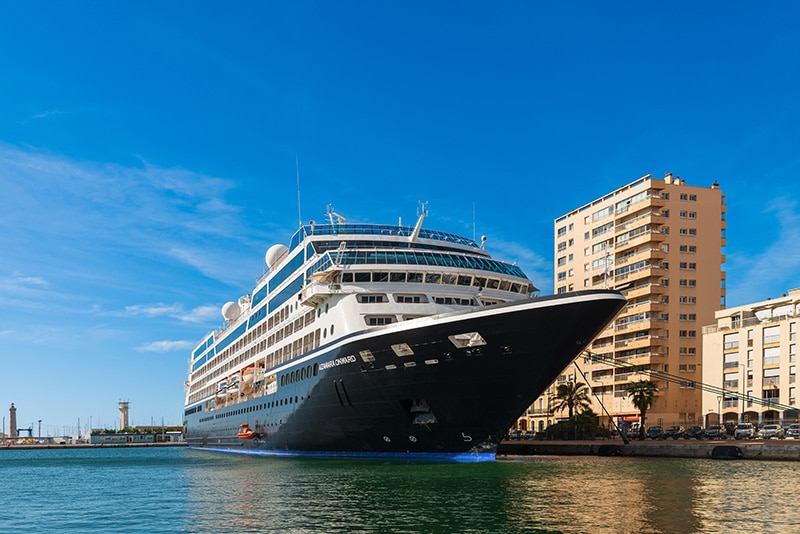

The Port of Sète has always been an ideal port of entry for exotic lumber, and an exit point for local timber exports. The average tonnage processed is in the order of 5 to 10,000 m3/year, including 2,000 m3 of traced logs.
Sète is positioned on the West African origin that can accommodate conventional ships specialized in log transport. On the import side, they come mainly from West Africa (conventional) and lumber from Brazil and Asia (container). On the export market, timber from Massif Central forests is shipped to the Mediterranean basin and Africa.
Key points of the Terminal FORESTIER :
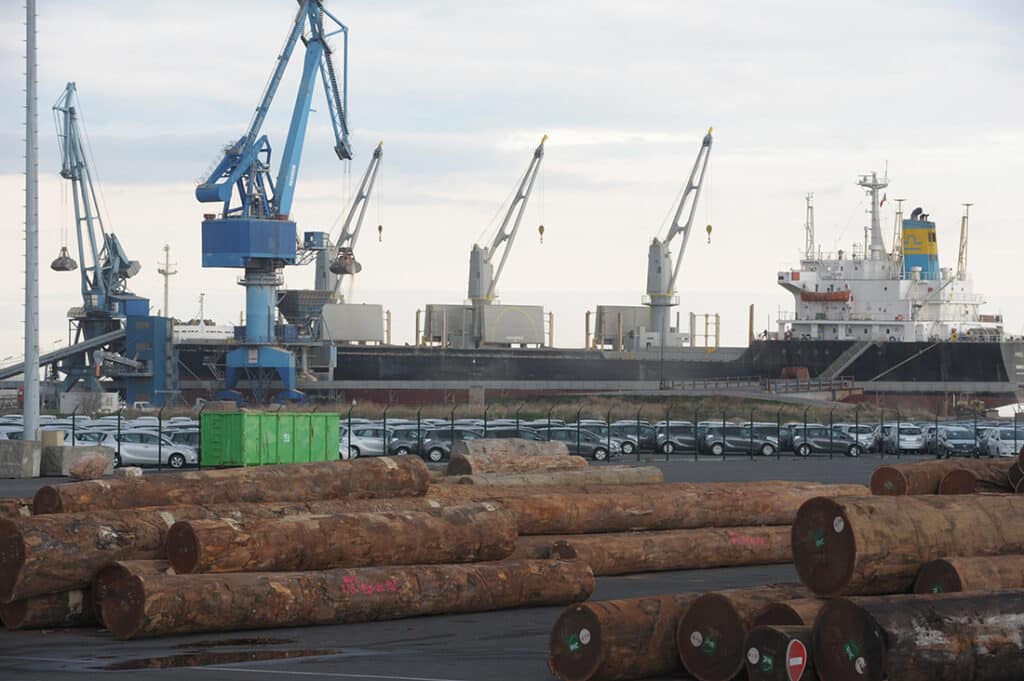
Port de Sète © 2023 Legal notice | Site map | Privacy policy | RGAA Charter | Website creation Keole.net
